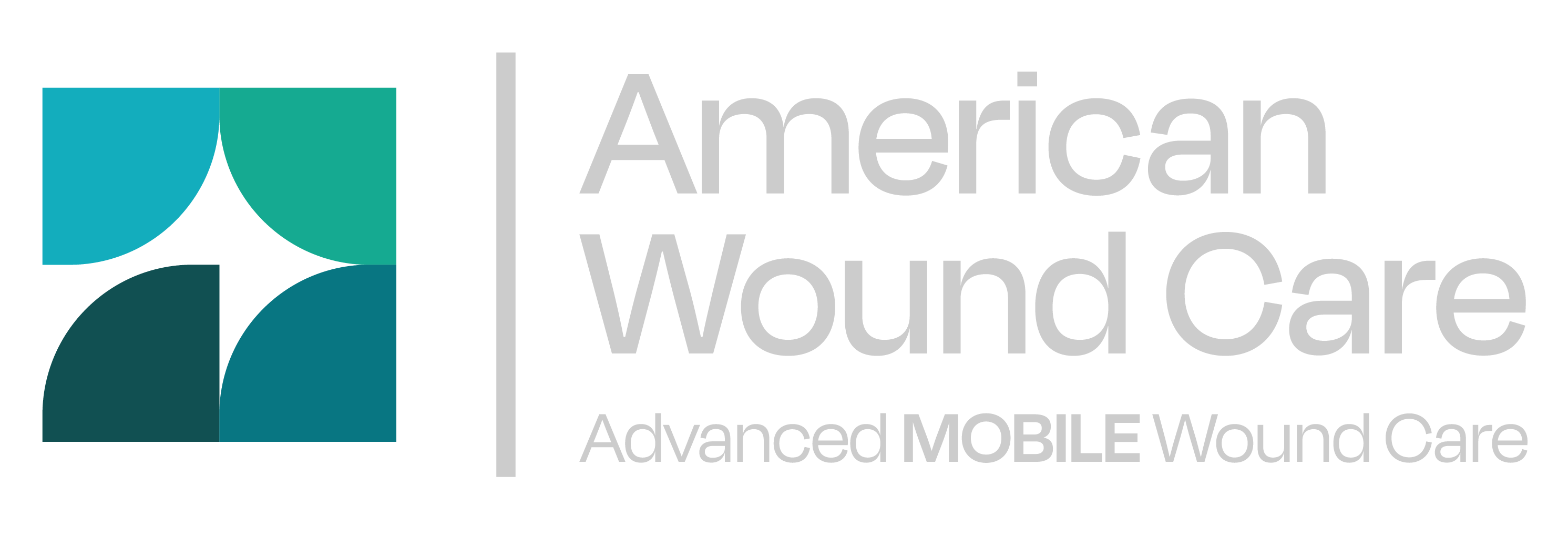The complete guide to wound care doctors and wound healing

What is a wound?
A wound is a type of injury that is inflicted on the body. These are usually caused by cuts, scratches, punctures, or burns. In older patients, some may also be caused by things such as wearing shoes.
The types of wounds are generally identified as follows:
- open wounds where the surface is not intact and objects may become embedded in it
- closed wounds where the surface is intact but there is internal damage to tissues beneath the skin
- puncture wounds which are tiny holes that have penetrated through the skin into underlying tissues
- laceration (or cut) wounds which are usually jagged and can be deep or shallow depending on how much tissue was damaged
The importance of caring for wounds
There are many reasons for someone to have wounds. They could be the result of an injury, surgery, or they could just happen by accident. Whatever their reason, it is important that people take care of their wounds.
Caring for wounds includes making sure that they stay clean and protected against infection. When someone has a wound, it is important to keep the wound clean, treated with medicine, and covered to protect it.
When caring for a deep wound with stitches, doctors will usually prescribe antibiotics that need to be taken regularly until all of the stitches are removed.
How to prevent and treat common types of wounds
Cuts, abrasions, and punctures are the three most common types of wounds.
Cuts:
A cut is a wound that has been caused by an object that has come into contact with your skin. A cut can be superficial or deep and can vary in length from small scratches to large gashes. Cuts often bleed heavily and the edges may be jagged and irregular. You should clean any dirt or debris from the wound with running water and soap. You should also place a sterile bandage on the cut to keep it dry and clean.
Abrasions:
Abrasions are skin wounds made by an object that scrapes or wears off the top layer of skin. They can result from a variety of causes including falls and contact with rough surfaces like rocks. A wound may also be classified as an abrasion if it was caused by forceful contact with a rough surface like asphalt.
Not all abrasions are the same, but most of them cause bleeding and can be painful. Cleaning is important when there is bleeding because dirt can get stuck in the open wound. Pain-relieving medicine like acetaminophen, ibuprofen, or naproxen can help reduce pain caused by an abrasion.
Punctures:
Punctures wounds are caused by piercing the skin with sharp objects. They are often caused by knives, nails, or needles. Punctures wounds can be very serious and require medical treatment to prevent infections.
Punctures wounds can be deep and extensive so it is important to keep the wound clean. Apply soap, water, or antiseptic to the wound with a cloth or gauze ???
Infection control techniques for wounds
Wounds are the entry point for various types of infections. When a wound is deep and wide, it will be exposed to more microbes and thus increases the risk of getting an infection. So it is important to know how to manage wounds and take all necessary precautions when treating these wounds.
The first step in managing a wound would be to clean it with soap and water or an antiseptic solution like alcohol. The second step would be to disinfect the wound with an antiseptic solution such as Betadine (Povidone-Iodine), hydrogen peroxide, or chlorhexidine gluconate. The third step would be to put on sterile dressings such as Gauze/Telfa pads, Sterile non-stick dressings, or Plastic wrap – which should cover the entire wound and the surrounding area.
What is the healing process for wounds?
The healing process for wounds is a natural process that follows a sequence of phases.
- Inflammation: This phase occurs when blood vessels near the wound dilate and there is an increased production of white blood cells and other immune cells. The wound becomes red, hot, and tender to touch due to the release of chemicals from the injured tissues.
- Proliferation: In this phase, fibroblasts migrate to the wound site and begin producing new collagen – a protein that gives structural support to skin tissue – as well as other substances needed for healing such as clotting factors, hyaluronic acid, proteoglycans, glycosaminoglycans, enzymes and growth factors (all proteins).
- Maturation: During this phase the wound changes from red to yellow in this phase. The epidermis in the wound starts to grow back. If not treated, the pain will increase, there will be a risk of infection, and the wound may never heal properly.
Why wound care doctors are important to have on staff?
A wound care doctor is a person who has gone through training and has specialized in the treatment of wounds. It is important to have someone with this type of training on staff because they are the only ones who can properly diagnose and treat wounds.
When a patient sustains an injury, it’s not uncommon for there to be some form of infection. If left untreated, these infections can lead to complications like amputation, organ failure, and death.
Having a wound care doctor on staff can help prevent wounds from getting infected and properly heal wounds.
Partner with american wound care centers & have a wound care doctor “on staff”
By partnering with an American Wound Care Center near you, your facility can have its own wound care doctor available without the headache of finding the right doctor and increasing your overhead.
